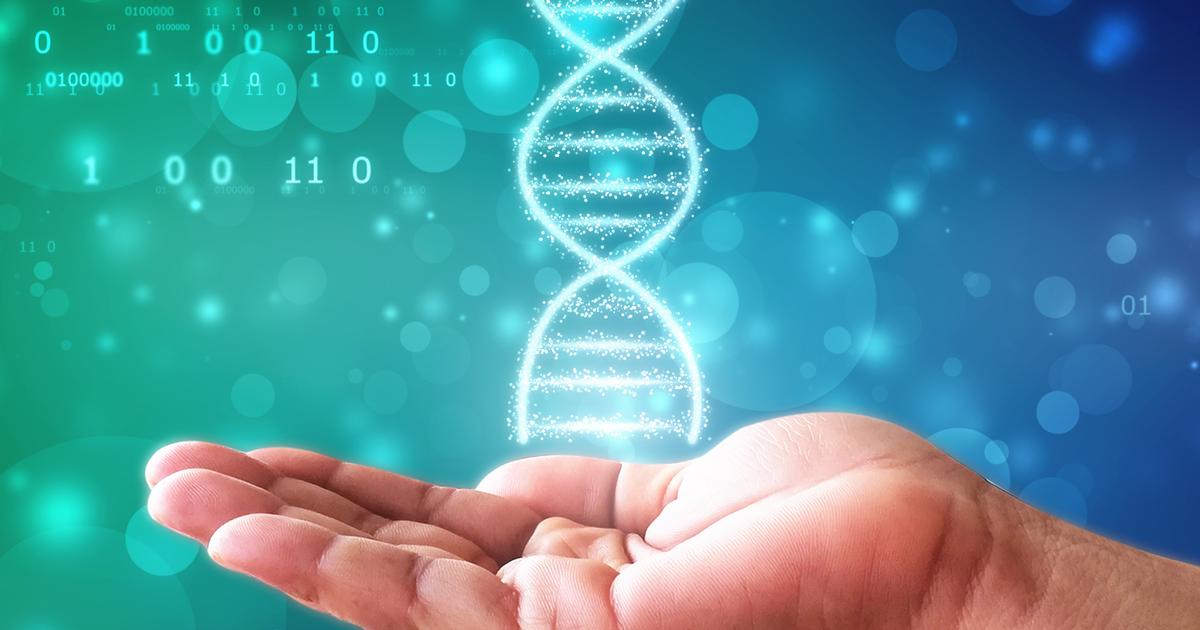What Causes Spider Veins?
Genetics

The development of spider veins seems to be strongly related to genetics. In fact, studies show ninety percent of patients with spider veins have a family history of this issue. While the exact relationship between genetics and spider veins is still being researched, scientists currently believe genetics could increase a patient's risk of conditions such as chronic venous insufficiency and varicose veins, both of which may increase an individual's chances of developing spider veins. Genetic factors could also contribute to having veins that are naturally weaker than normal, and these weaknesses could increase the risk of venous damage and spider veins. Patients who have a family history of spider veins or other vein issues may want to take steps that could prevent spider vein formation. Doctors recommend elevating the legs above the heart for a while each day, and regular physical activity can help maintain healthy venous function.
Discover additional causes of spider veins now.
